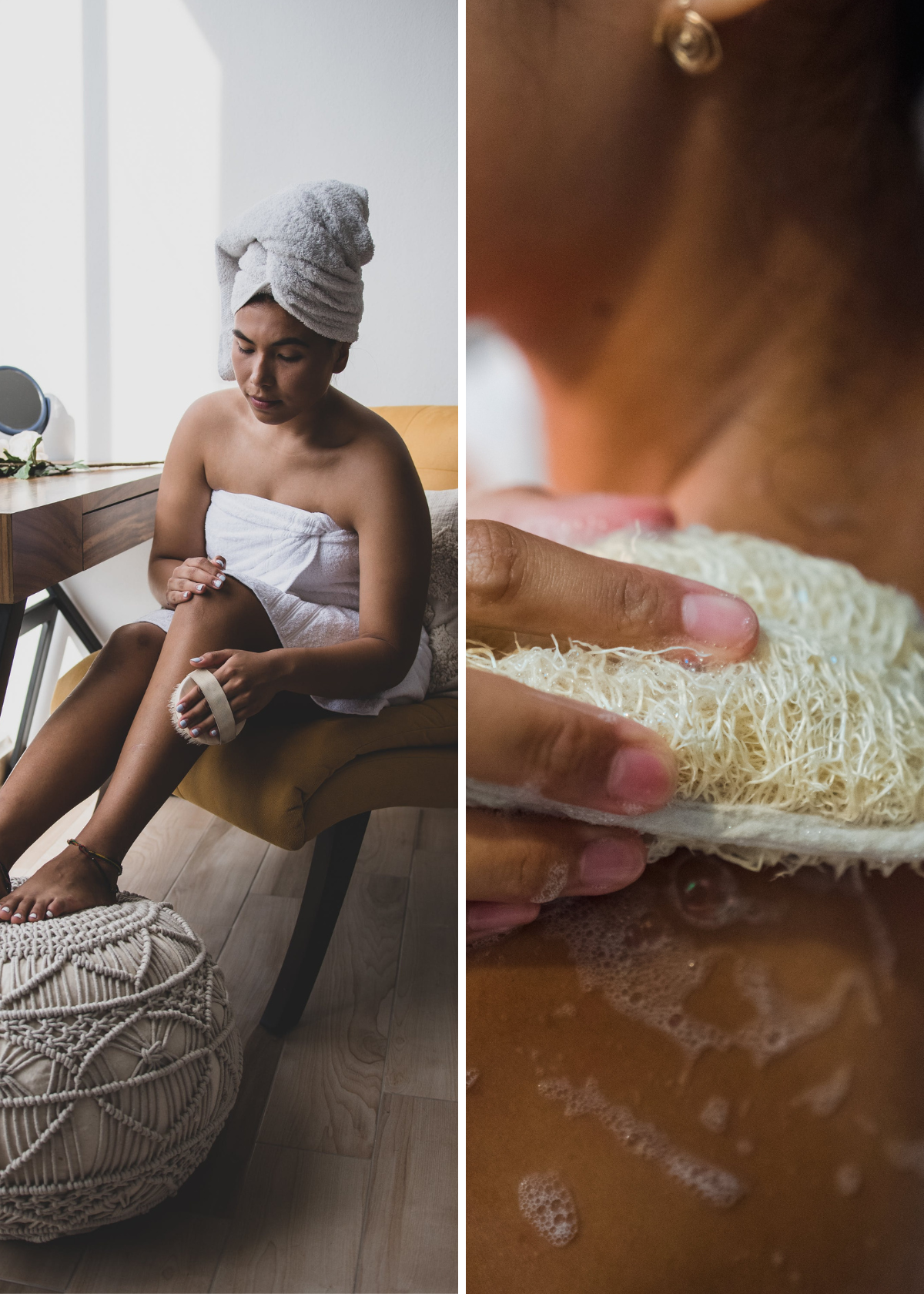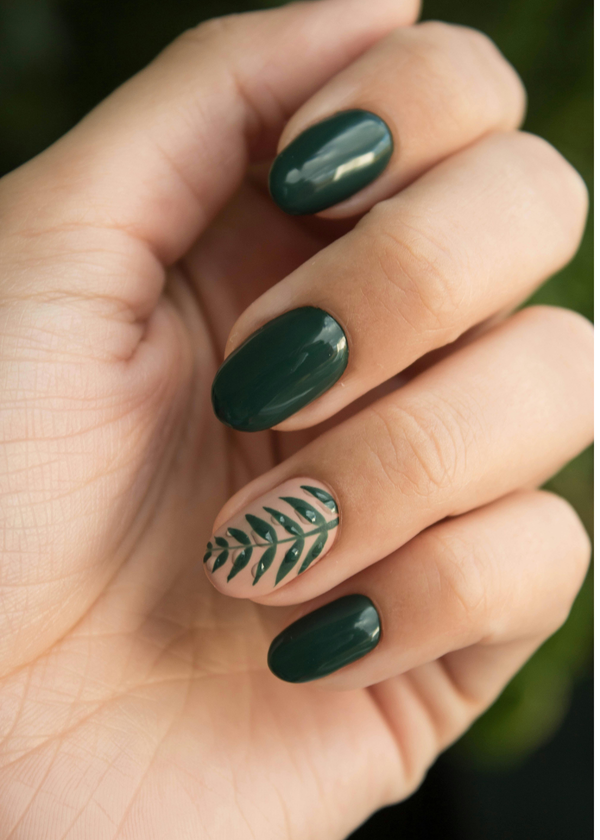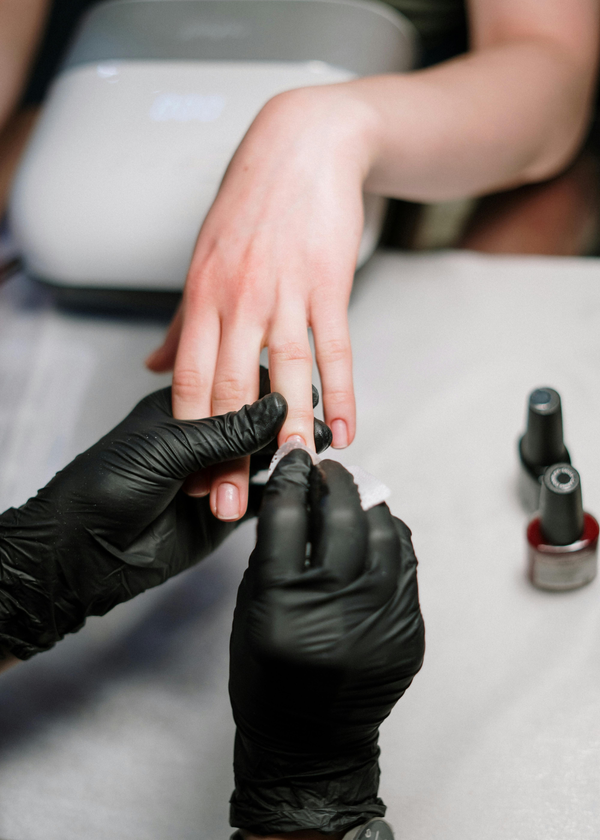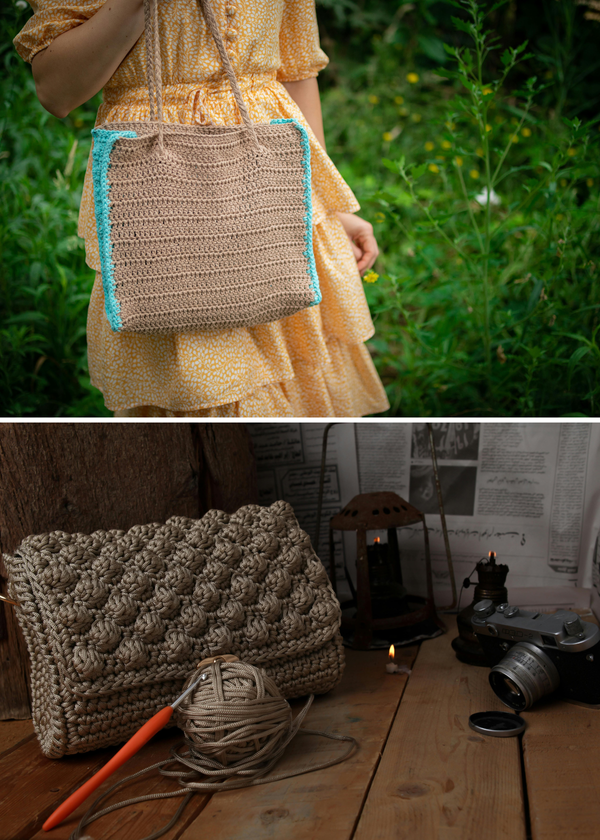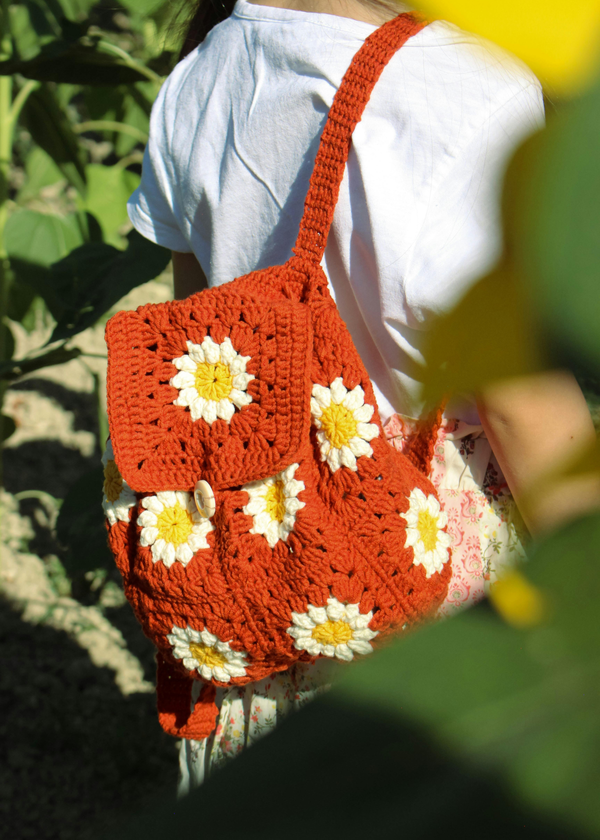When it comes to personal care and hygiene, choosing the right tools for your skincare routine can make a significant difference in the health and appearance of your skin.
For many, the debate between using a silicone body brush and a traditional loofah has become a common dilemma.
Both have their own set of advantages and disadvantages, and deciding which one is better depends on various factors, including your skin type, personal preferences, and specific skincare goals.
In this comprehensive guide, we will explore the differences between silicone body brushes and loofahs, discussing their respective features, benefits, and drawbacks. By the end of this article, you should have a better understanding of which option might be more suitable for your skincare needs.
Understanding the Basics
Before we dive into the comparison, it's essential to understand the fundamentals of both silicone body brushes and loofahs.
Silicone Body Brushes: Silicone body brushes, also known as silicone bath scrubbers or silicone bath brushes, are typically made of soft, pliable silicone material. They come in various shapes, sizes, and textures, often featuring gentle bristles or nodules on one side and a handle for easy grip on the other.
Loofahs: Loofahs, on the other hand, are natural sponges derived from the luffa plant. They are typically dried and used as exfoliating tools for the skin. Loofahs come in both natural and synthetic varieties and are available in different sizes and textures.
Now that we have an overview of these two skincare tools, let's explore their individual advantages and disadvantages.
Advantages of Silicone Body Brushes
1. Hygienic and Easy to Clean
Silicone body brushes are easy to clean and maintain. Their non-porous surface makes it difficult for bacteria, mold, and mildew to grow, which can be a common problem with traditional loofahs. Regularly rinsing and cleaning a silicone brush is usually sufficient to keep it hygienic.
2. Durable
Silicone brushes are known for their durability. They can last for a long time without showing signs of wear and tear. Unlike loofahs, which tend to break down and lose their effectiveness over time, silicone brushes can be a long-term investment.
3. Gentle Exfoliation
Silicone brushes offer gentle exfoliation that is suitable for most skin types. The bristles or nodules on the brush can help remove dead skin cells and improve skin texture without being too abrasive.
4. Improved Circulation
Using a silicone body brush can help stimulate blood circulation in the skin, which can contribute to a healthier complexion and overall skin vitality.
5. Versatility
Silicone brushes come in various shapes and sizes, making them versatile for different skincare needs. Some have special features like massaging nodules, which can enhance your skincare routine.
Disadvantages of Silicone Body Brushes
1. Limited Lather
Silicone brushes may not generate as much lather as loofahs, which can be a downside for individuals who prefer a rich lather while cleansing. This may be due to the non-absorbent nature of silicone.
2. Initial Cost
While silicone body brushes are durable and cost-effective in the long run, they may have a higher initial cost compared to loofahs, which are relatively inexpensive.
3. Less Exfoliation Intensity
For individuals with more severe exfoliation needs, such as those dealing with rough or calloused skin, silicone brushes might not provide the intense exfoliation that loofahs or other scrubbing tools can offer.
Advantages of Loofahs
1. Rich Lather
Loofahs are known for their ability to generate a rich lather when combined with soap or shower gel. This can provide a luxurious and enjoyable bathing experience.
2. Exfoliation Intensity
If you're looking for a more intense exfoliation, especially for removing rough skin patches, loofahs can be a better choice. They can help slough off dead skin cells effectively.
3. Natural Material
For eco-conscious consumers, natural loofahs are a great option. They are biodegradable and come from a renewable source (the luffa plant).
4. Availability and Cost
Loofahs are widely available and are usually affordable. They can be found in most drugstores, supermarkets, and online retailers.
Disadvantages of Loofahs
1. Hygiene Concerns
One of the most significant drawbacks of loofahs is their susceptibility to bacterial growth. Their porous texture can trap moisture and provide an ideal environment for bacteria, mold, and mildew to thrive. Regularly cleaning and replacing loofahs is necessary to avoid skin infections.
2. Durability
Loofahs have a relatively short lifespan compared to silicone brushes. They tend to break down over time, which can be frustrating and lead to additional costs.
3. Harsh on Sensitive Skin
The natural texture of loofahs can be harsh on sensitive skin. People with skin conditions like eczema or psoriasis may find them too abrasive.
4. Environmental Impact
While natural loofahs are biodegradable, synthetic versions, made from plastic materials, can contribute to plastic waste and environmental issues.
Choosing the Right Tool for You
The choice between a silicone body brush and a loofah depends on various factors, including your skin type, personal preferences, and skincare goals. Here are some guidelines to help you make an informed decision:
1. Skin Type
- Sensitive Skin: If you have sensitive skin, a silicone body brush may be a better option due to its gentle exfoliation and non-abrasive surface.
- Normal to Oily Skin: Loofahs can work well for individuals with normal to oily skin types, as they offer more intense exfoliation and generate a rich lather.
2. Hygiene
- Hygiene Concerns: If you're concerned about bacterial growth and hygiene, a silicone body brush is easier to clean and maintain.
3. Exfoliation Needs
- Mild Exfoliation: If you're looking for mild exfoliation and improved circulation, silicone brushes are a good choice.
- Intense Exfoliation: For those with more severe exfoliation needs, loofahs can provide a deeper exfoliating effect.
4. Durability
- Long-Term Use: If you prefer a long-lasting skincare tool, a silicone body brush is more durable and may be a cost-effective choice in the long run.
- Short-Term Use: If you don't mind replacing your skincare tool more frequently, loofahs are readily available and budget-friendly.
5. Environmental Considerations
- Eco-Friendly: If you are environmentally conscious, opt for natural loofahs, as they are biodegradable and come from a renewable source. Avoid synthetic loofahs made from plastic materials.
6. Personal Preference
Ultimately, the choice between a silicone body brush and a loofah comes down to personal preference. Try both options to see which one you find more comfortable and effective for your skincare routine.
Tips for Using Silicone Body Brushes and Loofahs
Regardless of your choice, here are some tips for using silicone body brushes and loofahs effectively and safely:
For Silicone Body Brushes:
- Wet your skin and the brush before use.
- Apply a gentle, moisturizing cleanser to the brush or directly to your skin.
- Use gentle, circular motions to cleanse and exfoliate.
- Pay extra attention to areas with rough skin, such as elbows and knees.
- Rinse the brush thoroughly after each use and allow it to air dry to prevent bacterial growth.
For Loofahs:
- Soak the loofah in warm water to soften it before use.
- Apply soap or shower gel to the loofah.
- Use gentle, circular motions to cleanse and exfoliate, and avoid applying excessive pressure.
- Rinse the loofah thoroughly after each use and allow it to air dry in a well-ventilated area.
General Tips:
- Replace your silicone body brush or loofah regularly to maintain hygiene and effectiveness.
- If you notice any signs of wear and tear or an unpleasant odor, it's time to replace your skincare tool.
- Be mindful of over-exfoliating, as this can irritate the skin. Limit exfoliation to 2-3 times a week.
Final Thoughts
The choice between a silicone body brush and a loofah ultimately depends on your personal preferences, skin type, and skincare goals. Both tools have their own set of advantages and disadvantages, and there is no one-size-fits-all answer.
It's important to consider factors such as hygiene, exfoliation intensity, durability, and environmental impact when making your decision.
In some cases, you may find that using both tools in your skincare routine serves different purposes.
For instance, using a silicone body brush for gentle daily cleansing and a loofah for periodic, deeper exfoliation can be an effective combination.
Remember that no matter which tool you choose, proper hygiene and regular maintenance are essential to ensure the health and vitality of your skin. Experiment with both options to discover which one works best for you and helps you achieve the glowing, healthy skin you desire.


